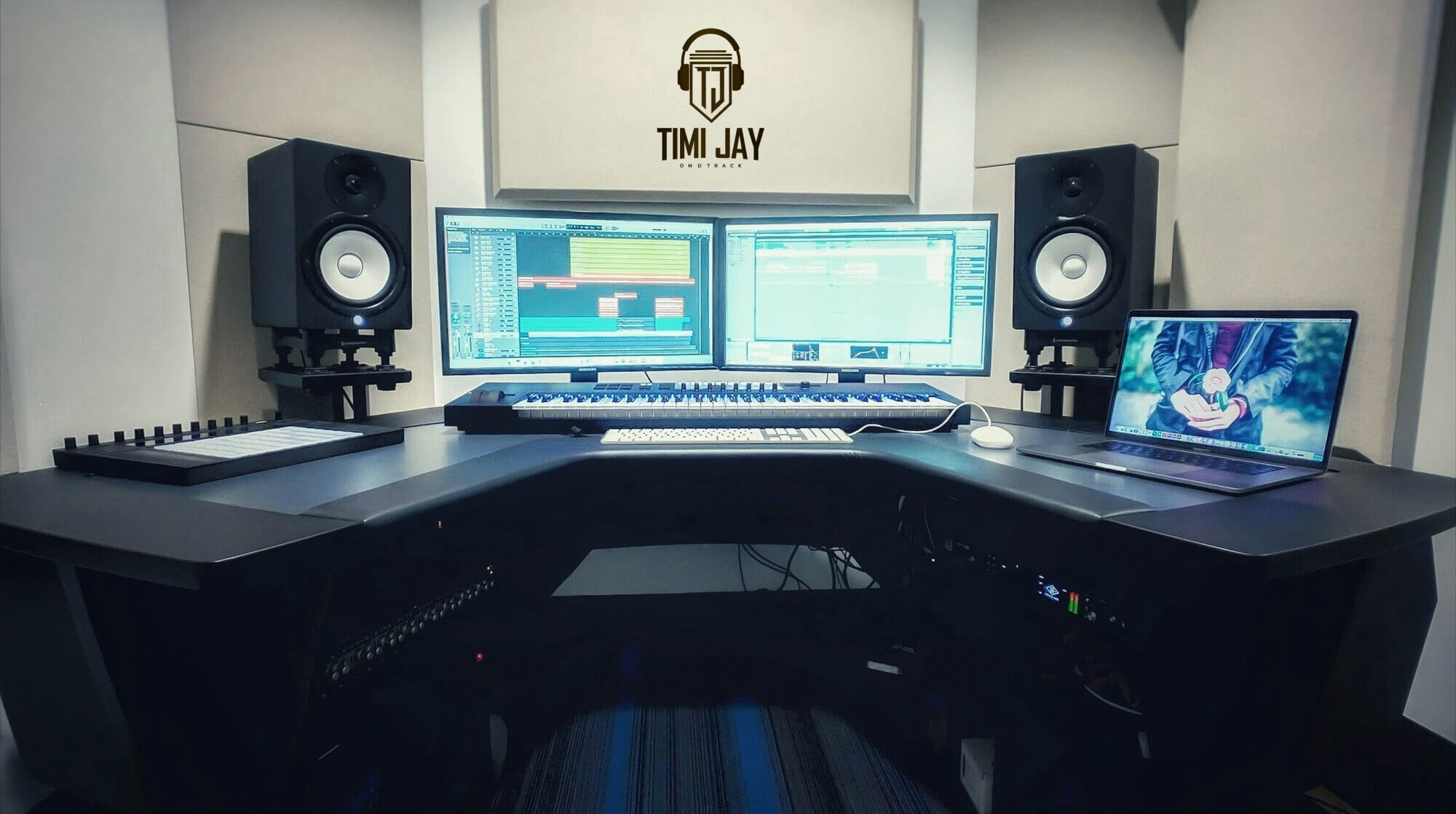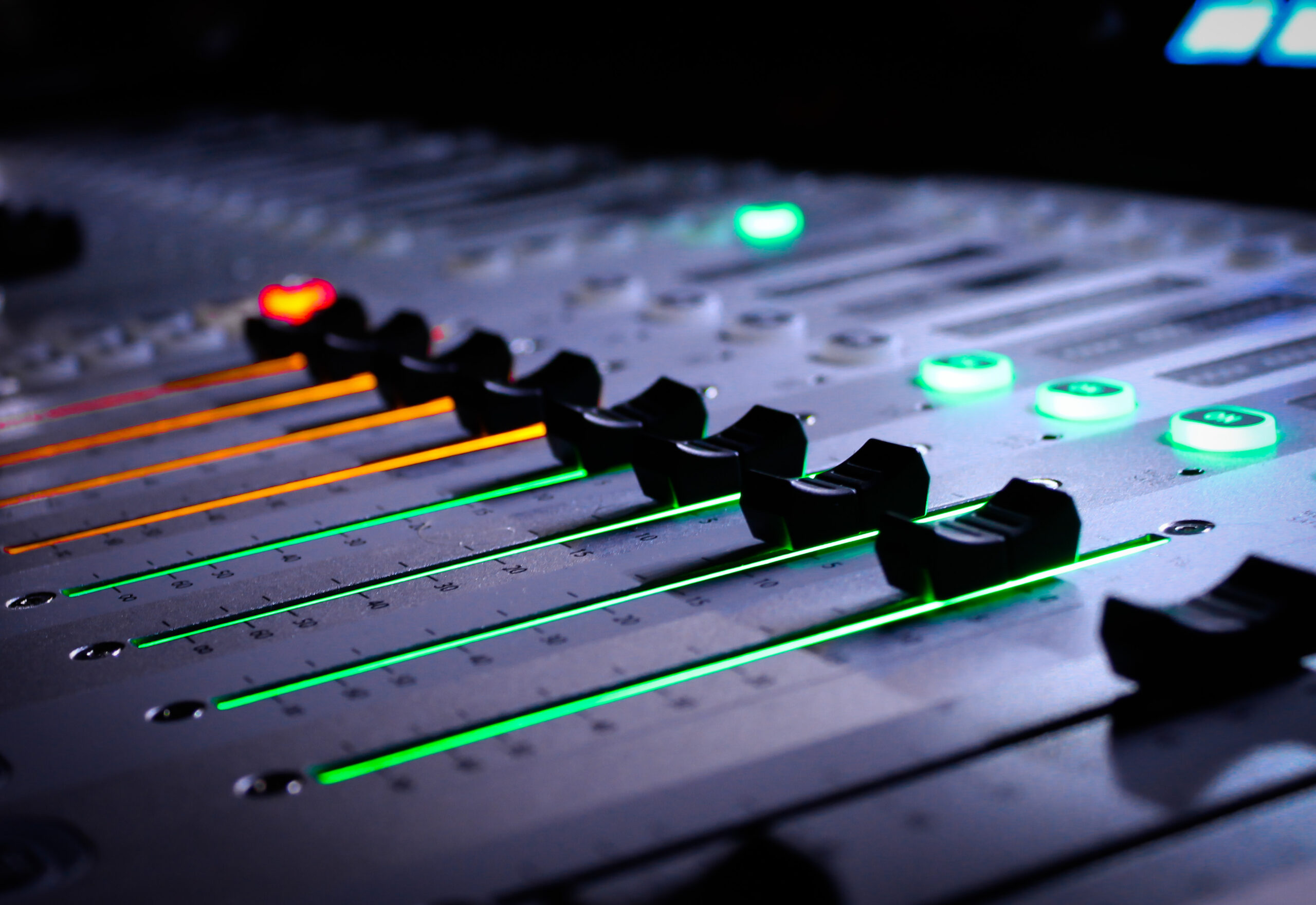As a beginner in music production, one essential factor you might overlook is room acoustics.
It’s “TimiJay on the Track.”
Many people are so focused on getting the best gear and software that they overlook the importance of good room acoustics, which can make or break your mix. In this article, we’ll look at what room acoustics are, the elements of a room with good acoustics, what affects a room’s acoustics, how to fix a room’s acoustics, and finally the importance of good acoustics.
What is Room Acoustics?
Room acoustics refer to how sound behaves in a particular space. It involves the interactions of sound waves, the surfaces of the room, and the objects within it. The way a room is designed, including its shape, size, and materials, all have an impact on how sound behaves in that space. Depending on the size of the room and what the sound wave comes in contact with, the sound is absorbed, bounced off, or echoed.
Elements of a Room with Good Acoustic
A good acoustic room should have a balanced frequency response with minimal echoes and reflections. A balanced frequency response means that the room does not favor or dampen any particular frequencies. This feature ensures that your mix sounds great on any playback device, from headphones to a high-end sound system. You can hear the sound clearly and without interruptions or coloration, with minimal echoes and reflections. Other elements to look out for are low background noises, uniform sound distribution, and appropriate sound levels.
What Affects a Room's Acoustic
Several factors can affect the acoustics of a room. One significant factor is the shape of the room. A rectangular-shaped room can cause standing waves, leading to frequency buildup or cancellations in some areas of the room. Room dimensions and volume can also have an impact on acoustics, resulting in echoes and reflections. The materials used for the walls, ceiling, and floor all play an important role. Hard surfaces like concrete and wood reflect sound, whereas soft surfaces like carpets and curtains absorb it.
How to Fix a Room's Acoustic
In most cases, you are already stuck in a room with bad acoustics before you even notice. The good thing is that bad acoustics can be improved upon and can turn that terrible room into one with great acoustical characteristics. Here are some ways to improve a room’s acoustics:
Room Treatment: Room treatment involves placing acoustic panels on the walls, ceiling, and floor. These panels help absorb unwanted echoes and reflections, producing a more balanced sound.
Bass Traps: Bass traps are special types of acoustic panels designed to absorb low frequencies. They are usually placed in the room’s corners, where low frequencies tend to build up.
Diffusers: Diffusers help scatter sound waves in different directions, reducing echoes and reflections. They are typically placed on walls and ceilings.
Monitor Positioning: The position of your monitors can impact the sound you hear. Placing them correctly can help reduce echoes and improve the overall sound quality you hear.
Importance of Room Acoustics
You probably haven’t noticed as a beginner that your studio or room where you mix is acoustically bad, but you’d definitely notice a difference if you work on it. Also, it certainly has a lot of advantages and importance. Here are a few:
Accurate Monitoring: A room with good acoustics allows you to accurately monitor the sound. The sound is heard exactly as it is, with no interruptions or coloration.
Consistent Mixes: A balanced frequency response ensures your mix sounds great on any playback device. This feature helps to produce consistent mixes that sound great no matter where they are played.
Easier Mixing Process: Mixing in a room with good acoustics makes the process easier. You can hear the individual elements of the mix clearly, making it easy to make adjustments and achieve the desired sound.
Saves Time and Money: Room acoustics affect how you hear the sound, and inaccurate monitoring can lead to poor mixing decisions. This error can cost you time and money because you will have to go back and correct the mix.
We now understand why room acoustics are so important in mixing and mastering. We have a better understanding of how it affects the sounds you hear and how it can make or break a mix. A good acoustic room should have a balanced frequency response with little to no echoes and reflections. There are also several methods for resolving acoustic issues in a room, such as room treatment, installing bass traps and diffusers, and repositioning monitors.
I really hope you start to notice the difference this makes in your mixes and mastering. I’ll see you at the next one!



